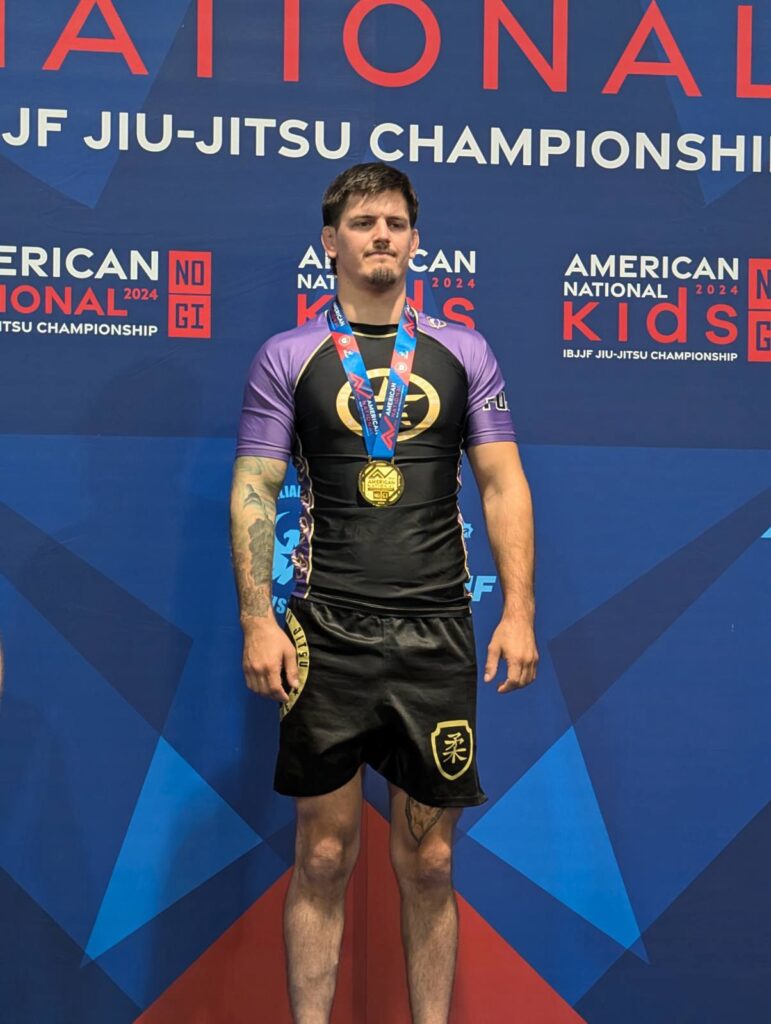At El Dorado Hills Jiu Jitsu, we believe in the transformative power of consistency. Whether you’re a seasoned practitioner or just starting your journey, establishing a regular training routine is key to progress and enjoyment. Here’s why committing to training 2-3 times a week is essential and how you can balance occasional challenges without disrupting your overall routine.
The Benefits of a Consistent Routine
1. Steady Progress: Training consistently allows you to build on your skills week by week. Each session adds to your knowledge and muscle memory, making techniques more natural and effective over time.
2. Improved Fitness: Regular training sessions enhance your overall fitness. You’ll notice improvements in strength, endurance, flexibility, and cardiovascular health.
3. Mental Resilience: Consistency in training builds mental toughness. It helps you develop discipline, focus, and the ability to push through challenges both on and off the mat.
4. Community Connection: Training regularly means you’ll be more involved with our Jiu Jitsu community. You’ll build stronger bonds with fellow students and instructors, making each class more enjoyable and motivating. Try to find a twice a week routine on a Monday / Wednesday or Tuesday / Thursday schedule. This will help you get to know your training partners and develop friendships on the mat.

Setting Up Your Weekly Routine
1. Commit to 2-3 Sessions Per Week: Aim to train at least 2-3 times a week. This frequency strikes a balance between allowing adequate rest and maximizing the benefits of regular practice. Our varied class schedule makes it easy to find sessions that fit your lifestyle.
2. Plan Ahead: Look at your weekly schedule and carve out dedicated time for Jiu Jitsu. Treat these sessions as non-negotiable appointments with yourself.
3. Mix It Up: While consistency is key, variety keeps things interesting. I’d your usually train in the 6am class, mix it up and pop in to the evening class or vice versa.

Embracing Challenges Without Overtraining
1. Gradual Increases: Occasionally, you might feel ready to push your limits by adding an extra session or tackling a particularly tough class. This is a great way to challenge yourself and break through plateaus.
2. Listen to Your Body: While it’s important to challenge yourself, it’s equally crucial to avoid overtraining. Pay attention to your body’s signals and allow adequate recovery time. Soreness and fatigue are signs that you might need to take a break.
3. Maintain Balance: The goal is to average around 12 training sessions a month. If you decide to push harder one week, make sure to balance it out with a regular week to avoid burnout. Remember, it’s a marathon, not a sprint.
4. Reflect and Adjust: Periodically review your training routine. Are you meeting your goals? Are you staying injury-free? Adjust your schedule as needed to ensure long-term success and sustainability. Don’t hesitate to check in with your coach and peers on your progress.
Consistency is the cornerstone of success in Jiu Jitsu. By committing to a regular routine of 2-3 sessions per week, you set yourself up for steady progress, improved fitness, and a deeper connection with our El Dorado Hills Jiu Jitsu community. Embrace challenges, but always listen to your body and maintain a balanced approach. With dedication and consistency, you’ll find that Jiu Jitsu becomes not just a hobby, but a way of life.
Join us on the mat and let’s build that consistency together!





















